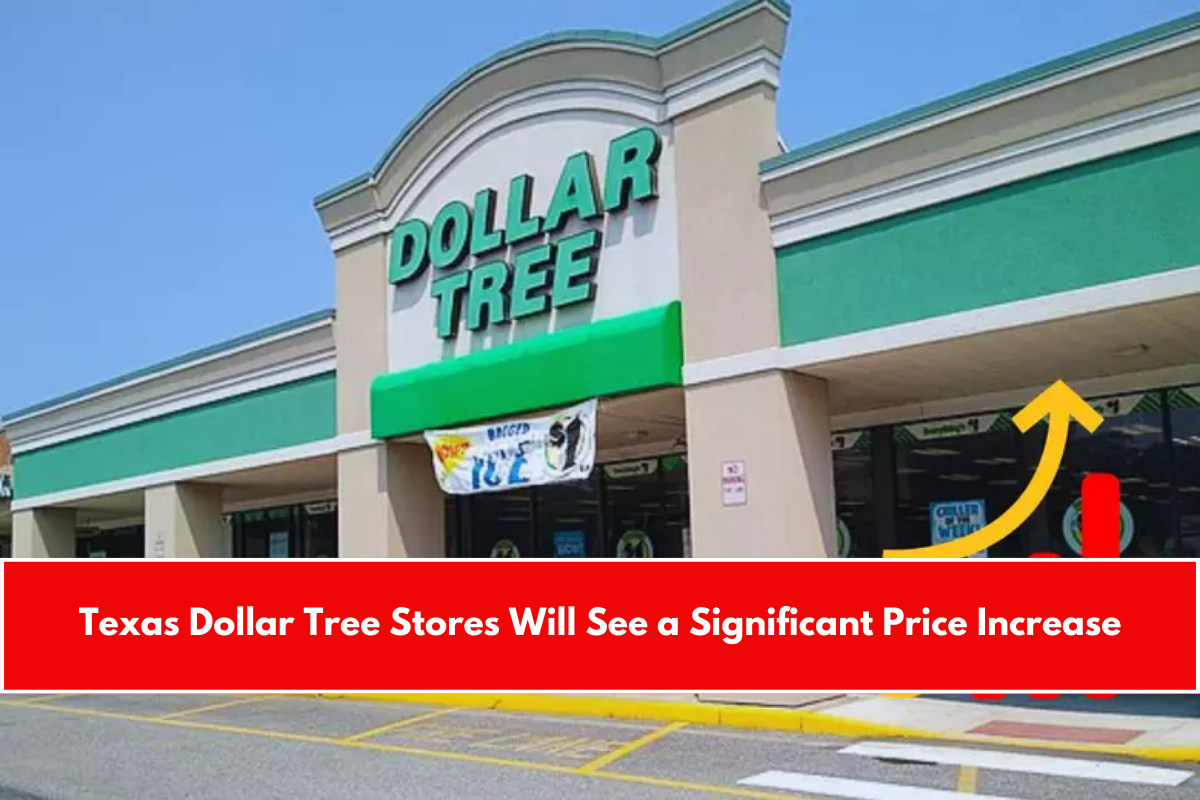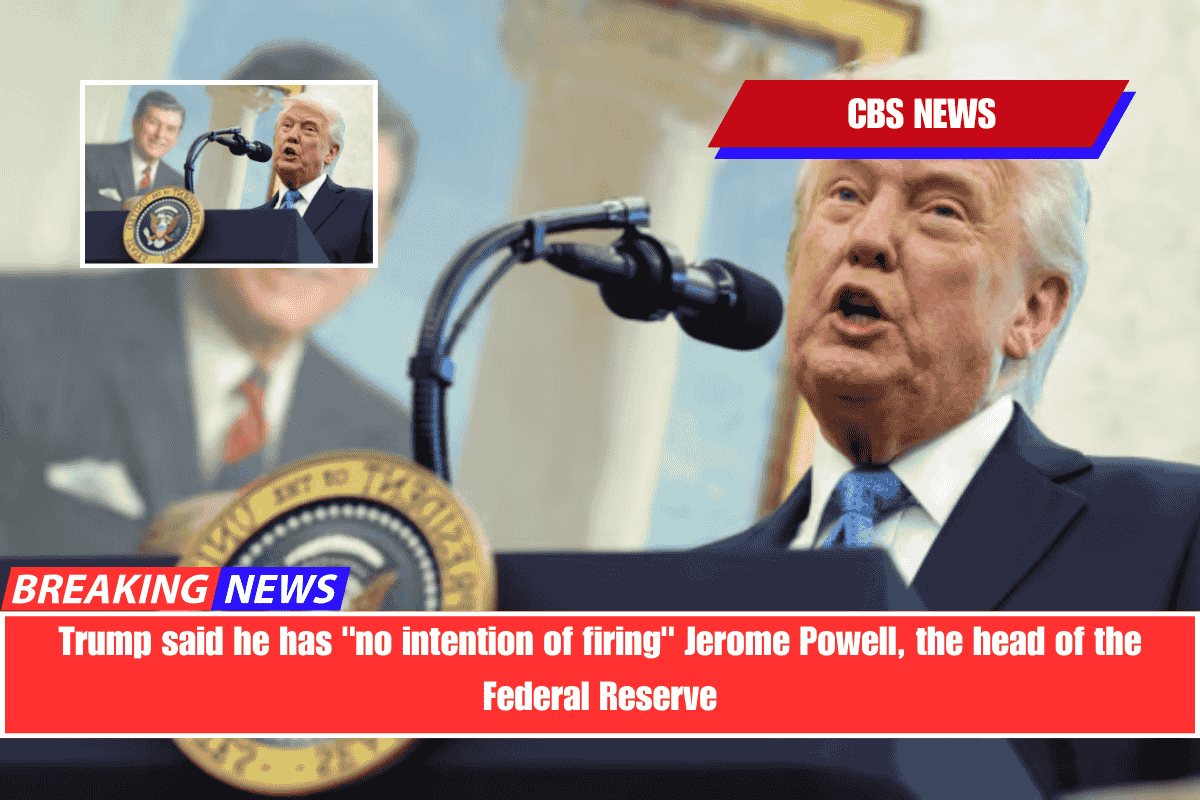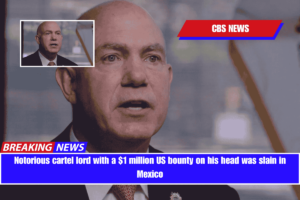President Trump said Tuesday that he has “no intention of firing” Federal Reserve Chair Jerome Powell, a day after calling Powell a “major loser” and publicly urging the central bank chief to lower interest rates more quickly.
When asked by reporters in the Oval Office if he intends to fire Powell, Mr. Trump said he “never did” and claimed “the press runs away with things” — though he once again pressed Powell to lower interest rates, which remain high after the Fed raised rates to combat inflation.
“This is a perfect time to lower interest rates,” Mr. Trump stated. “If he doesn’t, will it be the end? No, it is not. But it would be ideal timing.”
Last week, Mr. Trump argued in a social media post that Powell is “always TOO LATE AND WRONG,” and that his “termination cannot come fast enough,” sparking speculation that the president may try to depose Powell before his four-year term expires next year.
Powell has led the Fed since 2018, when Mr. Trump first nominated him for the position. Former President Joe Biden nominated Powell for a second term, extending his tenure at the central bank until at least May 2026.
It’s unclear whether Mr. Trump has the authority to fire Powell. According to federal law and previous legal precedent, members of the Federal Reserve board, including the chair, can only be removed from their positions before their terms expire “for cause.”
However, the Trump administration has argued that it has the legal authority to fire members of other independent federal agencies, triggering a court battle with far-reaching consequences.
The administration will “study” whether it has the authority to fire Powell, National Economic Council Director Kevin Hassett told reporters last week.
Powell, for his part, stated last year that he will not resign if President Trump requests it.
Why is Trump criticizing Powell — and why does it matter?
Mr. Trump’s feud with Powell centres on the Fed’s decision to hold interest rates steady so far this year, after lowering them from a decades-long high in late 2024.
The decision has broad implications. Mr. Trump is lobbying for interest rate cuts because they can boost economic growth and reduce borrowing costs for businesses and consumers. However, lower interest rates can lead to higher inflation.
While inflation is now well below its 2022 peak, it still exceeds the Fed’s 2% year-over-year target.
Powell cited “uncertainty” in explaining the Fed’s decision to pause rate cuts. Powell warned last week that President Trump’s steep tariffs on foreign imports could lead to higher inflation and slower economic growth, creating a “challenging scenario” for the central bank.
Days later, Mr. Trump repeatedly slammed Powell on social media, calling him “Mr. Too Late” on Monday and arguing that the Federal Reserve should lower interest rates more aggressively because there is “virtually no inflation.”
The showdown, as well as the possibility that Mr. Trump will try to fire Powell, have raised questions about the Federal Reserve’s independence, which allows it to make economic policy decisions free of political influence. Stocks fell Monday on concerns about Fed upheaval, but recovered Tuesday.
In a Sunday interview with “Face the Nation,” Austan Goolsbee, president of the Chicago Federal Reserve, warned that a loss of independence would “undermine the credibility of the Fed.” ” Countries without independent central banks typically have lower inflation, slower economic growth, and more sluggish job markets,” he stated.
Meanwhile, White House press secretary Karoline Leavitt told reporters earlier Tuesday that the president “has the right to express…his displeasure with the Fed, and the right to say he believes interest rates should be lower.” Leavitt also stated that Mr. Trump believes the Federal Reserve has “been making moves and taking action in the name of politics.”
Mr. Trump has been critical of Powell for years. The president harshly criticised Powell when the Fed raised interest rates in 2018, but later praised him as his “most improved player” after the COVID-19 pandemic prompted steep rate cuts in 2020.


















Leave a Reply